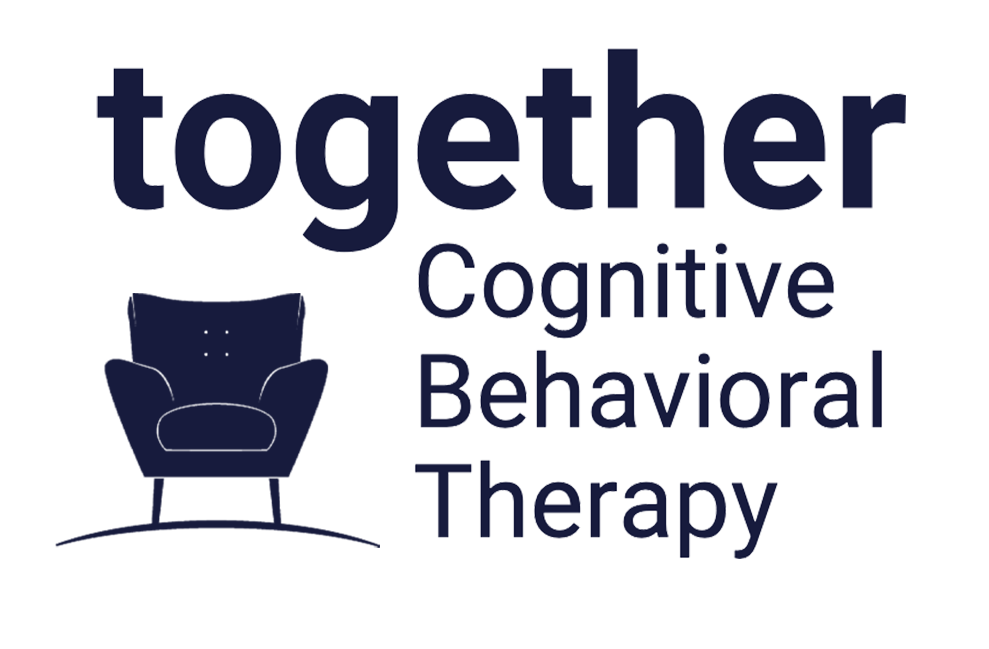Obsessive compulsive disorder (OCD) is characterized by persistent obsessions and/or compulsions. Obsessions are recurrent and persistent thoughts, images, or impulses that you might experience as intrusive and that cause anxiety or distress. Obsessive thoughts come in all shapes of forms. For example: "What if I touched something that’s contaminated?” or “What if I left the door unlocked and someone breaks in”? Sometimes these obsessions aren’t in and of themselves distressing, but what makes them distressing is that you might keep having them again and again. You might get stuck in a loop - go down a rabbit hole.
If you struggle with obsessive thoughts, you might also go to great lengths to control or suppress them, usually through compulsive behaviors. For example, you might develop a complex hand washing ritual, involving placing a specific amount of soap in one hand and then on the other, washing for 25 seconds while singing a song, then repeating the ritual two more times. Or you might have an elaborate process for locking doors, taking a few steps away, then coming back to re-check the doorknob until it feels ‘just right.’
Sometimes, compulsions take the form of mental acts or rituals, such as counting, repeating a word or sound, or ruminating about the potential causes of a given event. Some people find themselves obsessing about whether their significant others really love them, are loyal to them, or would still want to be with them if they learned things about their past. And these obsessions are usually followed by a specific type of compulsion, called reassurance seeking. For example, asking friends whether this is the right partner for you over and over. This type of OCD is called “relationship OCD” or rOCD and it can be quite debilitating, as it paradoxically damages relationships.
As it turns out, compulsions do not help to reduce the obsessions! A common misbelief about OCD is that compulsions can eliminate the anxiety and distress caused by the obsessions. This is far from the truth. There are two reasons. First, anxiety will always naturally come down, so if you engage in compulsions you may falsely attribute the reduction in anxiety to your compulsion. Second, while sometimes the compulsions can help you avoid short-term anxiety - they only make anxiety worse in the long term.
Given the distressing and time consuming nature of obsessions and compulsions, it’s not uncommon for people with OCD to experience substantial impairment in everyday functioning. Some people might wash their hands so much that their skin gets extremely dry and begins to peel off. For others, getting from their house to their car every morning may take much longer than for most, perhaps even 30 minutes, because of all the lock checking. And those who constantly seek reassurance from others might find themselves pushing people away. So, it goes without saying that OCD can be quite a serious condition.
In general, we can categorize compulsions into four common types:
1) overt compulsions: these are behaviors that are clearly noticeable (e.g., washing hands, tapping, checking, knocking, following specific routines)
2) avoidance: this consists of avoiding situations that might trigger obsessions or compulsions (e.g., touching certain objects, talking to specific people)
3) reassurance seeking: this entails relying on others to help relieve anxiety (e.g., asking a friend if your relationship is perfect, having someone proofread all of our emails)
4) mental compulsions: these entail going over things in our heads in order to ‘find an answer’ (e.g., ruminating about why someone might have taken 3 hours to text you, trying to map out everything that went wrong in a past relationship).
But the good news is that OCD is a very treatable condition. The main evidence-based approach is called Exposure and Response Prevention (ERP), which is a type of CBT. ERP teaches people with OCD to confront the situations that trigger their obsessions and then resist from engaging in their corresponding compulsion. The goal, then, is not to never have an obsession, but to learn how to live with them without needing to engage in compulsions. The idea is that you can’t control your thoughts, but you can certainly control how you respond to them.
Additionally, ERP consists of practicing cognitive exercises, through which you might learn to critically examine the evidence that might be supporting your anxious thoughts. For example, “What evidence do you have that the pole is contaminated with a deadly disease? And if it did, would that mean you would contract it? And if you contracted it, couldn't you get treatment? What would you tell a friend?” More broadly, you would learn to embrace the uncertainty associated with these obsessions. The more you learn to do this, the more power you can take away from your obsessive thinking.
I have spent most of my academic and clinical career working with clients with OCD. I received my Ph.D. in Clinical Psychology from Yale University, where I trained extensively on ERP for OCD. I conducted further training at Weill Cornell Medical School / New York Presbyterian Hospital. I currently teach ERP to graduate students at Columbia University and Yeshiva University and to psychiatry residents at Mount Sinai Hospital. I have also written over 60 peer-reviewed articles on anxiety, OCD, rumination, and worry (for the full list of my academic publications, please go here) I currently write articles for Psychology Today. To learn more about my approach, please get in touch!



